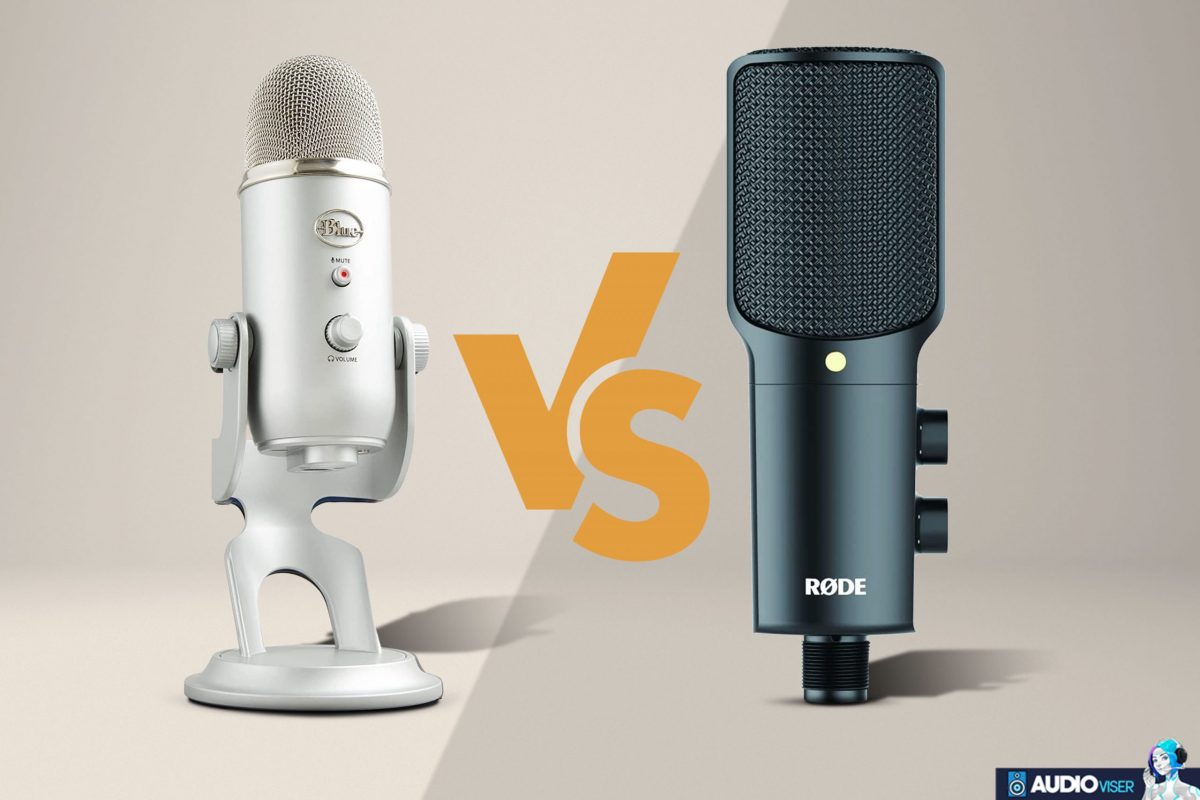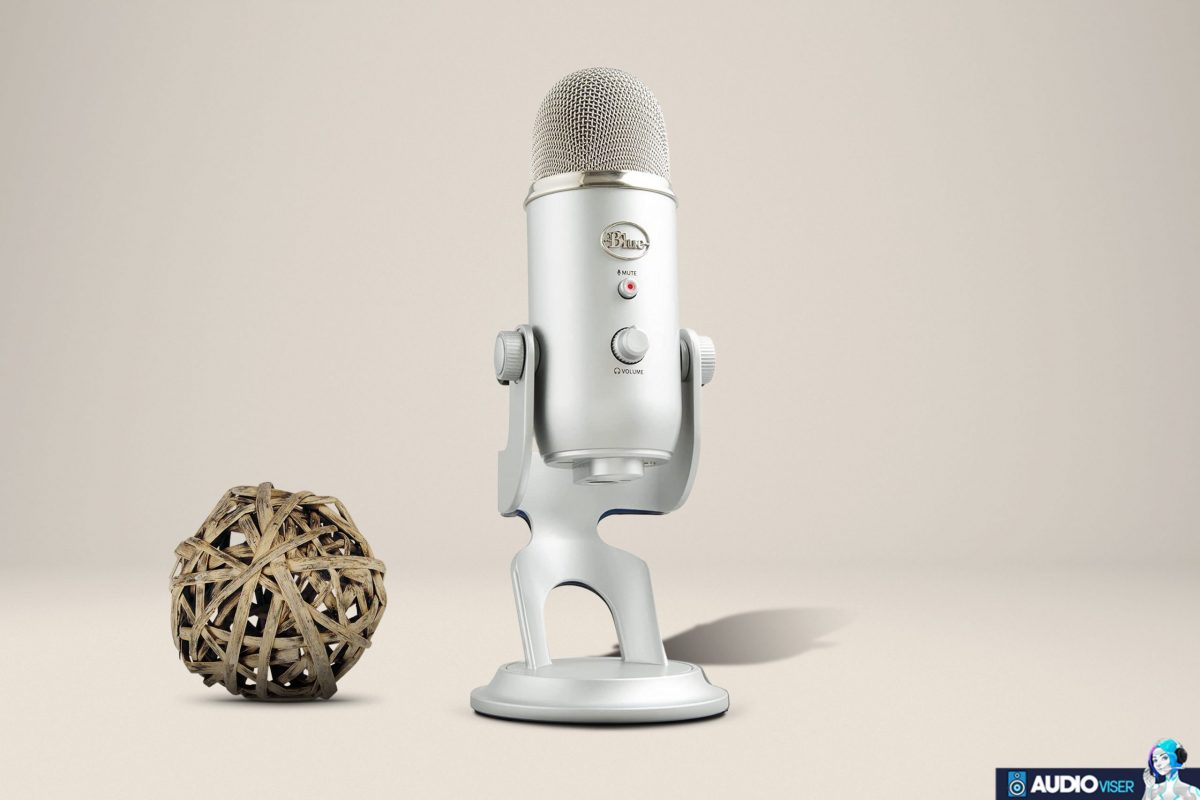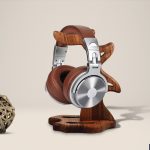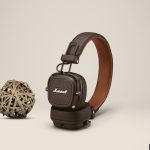
I want to start by saying that this is not the first time I’ve written about microphones. Although I’ve done it previously, I’ll do it again this time by contrasting two well-known microphone brands and their unique series. It won’t be simple, but I’ll do my best to help you distinguish between the two mics and understand their advantages and disadvantages.
Many brands and businesses produce microphones, but only a few of them are industry leaders, just as Blue Yeti and Rode NT USB which give music producers a sense of exclusivity and security in their recording facilities. These two brands are so included in the class of microphones that we might refer to as game-changers. They consistently remain at the top of the list because they deliver the best performances and the best sound.
As I said at the beginning of this post, the time has come to look at what Blue Yeti and Rode NT USB mics have to offer, to provide some basic details about their features, designs, etc., and most importantly, to identify their differences and provide a fair comparison.
Meet the Microphones
Who is Blue Yeti?
American Blue Microphones produced the Blue Yeti, which was marketed as their premier USB microphone. It continues to be the most widely used USB mic today. This product has so many features that satisfy musicians and delivers beefier components than some other microphones. We can say that it provides the best voice imaginable and that it performs excellently in numerous recording scenarios. This is merely a brief overview of this microphone; I will go into great detail and explain everything it has to offer.
Who is Rode NT USB?
Rode consistently provides us with high-quality mics, and this Rode NT USB is no exception. There are several USB microphones available today, but the Rode NT USB stands out and, in my opinion, is superior to its rivals. With this device, you can complete the task quickly and effortlessly because it is a multipurpose microphone with a high level of performance. The fact that the majority of voice actors utilize this microphone is not a coincidence. It provides far more than was anticipated. So if you choose to purchase this microphone, you can never go wrong. And given the exorbitant cost of microphones, this is the one to choose if you’re on a tight budget but still want a high-quality one.
Blue Yeti vs Rode NT USB/ Had-to-Head Comparison
How do they look? – Design
I should first point out that both of these microphones are well constructed before writing about their construction and design. However, as they are not all made the same way, there are variations that I will go over for each microphone individually.
there are variations that I will go over for each microphone individually.
First, let’s look at the Blue Yeti microphone to see how it appears and what are the materials it is made of, and what its dimensions. The Blue Yeti has a distinctive appearance. It has a silver top and a shiny blue finish. The gain control and pattern switch are located in the front, and the volume control and mute button are located in the rear. This microphone is not at all hefty, as far as we can tell. This 12-inch-tall, the 1.2-pound microphone is made of metal. It comes in three colors: blue, silver, and black.
To check whether there are any design similarities between these two mics, I will now go over the Rode NT USB’s layout. Due to its slender metal body, which gives the appearance of being sleek and robust, this microphone is extremely durable. Two LEDs and a headphone volume knob are located on the front panel, while the USB-C to USB cable connections is located on the back panel. It produces excellent results because of its side address and cardioid sunlight pattern. Its dimensions—5.6 by 2.1 by 1.8 inches, 1.2 pounds, and a circular base with a diameter of 3.5 inches—make it a small USB microphone.
Who is the winner?
Given that the materials used to construct the Rode microphone are far superior to those used to construct the Blue Yeti, it is clear that the Rode NT-USB is the winner of this category.
How to use them? – Connectivity
Utilizing a USB cable, connecting the Blue Yeti to any device is simple. Therefore, all you need to do is insert the microphone’s wire into any available USB-A port on your computer.
Let’s look at how the Rode NT-USB connects to other devices since connectivity is a key component. To connect to other equipment, this microphone needs XLR wires.
Who is the winner?
Naturally, I can’t declare a winner, but one thing I can say is that the Blue Yeti might work with more devices because it connects through USB cables.
How do they perform? – Sound Quality
This portion is the most crucial, in my opinion—and I think it is for the rest of you, too. Since you want the highest sound quality available from a microphone when you get one. So let me explain which one is superior in this regard.
I can affirm Blue Yeti has amazing sound quality and I can draw attention to the fact that it does, particularly for those who make internet material. You can get even better results from this microphone by choosing the cardioid pattern and avoiding direct contact between the microphone and your desktop. Additionally, speaking into the microphone’s sensitive side produces excellent results. Overall, we can conclude that this microphone produces excellent, genuine sound.
The Rode NT USB produces superb sound because it is one of the most adaptable microphones on the market. We should use this microphone for voices at a distance of around four to six inches to produce the cleanest and best sound in our recordings. There are no evident tone abnormalities, lack of bottom-end warmth, or top-end clarity in the music it makes. It has an outstanding performance and sound quality, as we can see.
Who is the winner?
I can honestly tell that the sound quality of both of these mics is incredible, but I want to point out that the Rode NT USB will provide the warm tone that most of you find appealing. Therefore, in my opinion, the Rode NT USB is a step up.
Specifications of the Microphones
I’m assuming that the majority of you who are reading this article also want to learn about the key specifications of these mics, so I created this section to ensure you have access to all the information you want.
Blue Yeti – Key Specifications
Microphone Type: Condenser
Frequency Response: 20Hz-20kHz
Connector: USB Mini-B, 1 x 1/8″ (headphones)
Polar Pattern: Cardioid, Bidirectional, Omnidirectional, Stereo
Max SPL: 120dB SPL
Ideal for Recording Instruments
Rode NT-USB
Microphone Type: Condenser
Frequency Response: 20Hz-20kHz
Connector: USB
Polar Pattern: Cardioid
Max SPL: 110 dB
Zero Latency Headphone Output
Final Words
And with that, I’ll leave you guys. I usually explain all you need to know about these two mics and compare them so you can decide which one is superior and buy one but yeah, when it comes to nt usb vs blue is a bit hard to choose. However, since each of these mics has excellent and unique qualities, I can’t honestly state that this one is superior. Therefore, choosing between these two mics will be difficult.
And now that I have finished my article, I must go from you. Don’t worry, though; I will return soon with fresh articles that you will like reading. Bye-bye.
Further Reading
I hope you liked what I wrote above. If so, you can move on and do some further reading.
There is another great comparison article, a clash of high-end headphones, Focal Clear vs. Sennheiser 800S.
Another blog would be about the difference between 44100 Hz and 48000 Hz.
There’s also a list of some amazing AptX low-latency headphones that you might want to give a look at.
Sound Artist
I’m a Sound Artist creating immersive sonic experiences. I turn everyday objects into music, turning the mundane into something marvellous!









